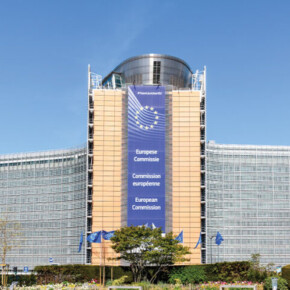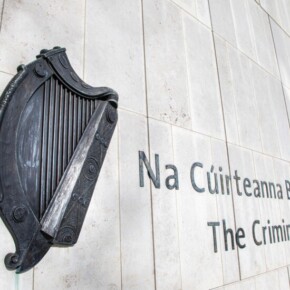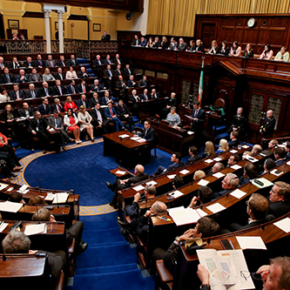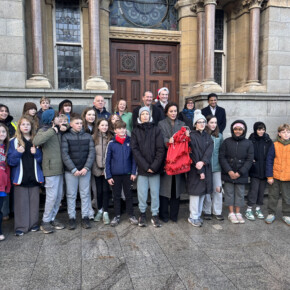Death by a thousand cuts: analysing Sinn Féin’s downfall
Mike Finnerty 06 Nov 2024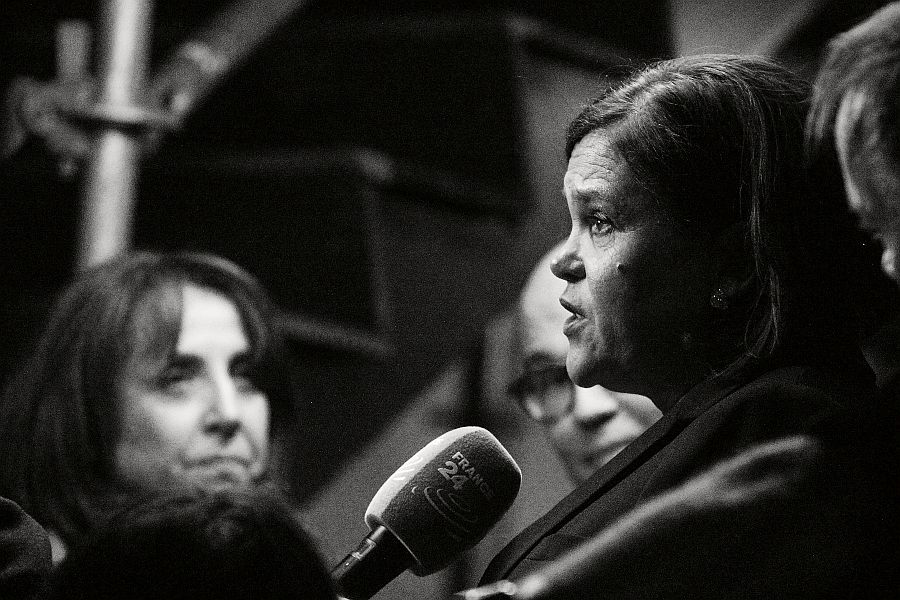
Coalitions aren’t just for post-election talk; they are for life.
Voter coalitions are essential in any election; in the United States, we have seen Donald Trump gather disenchanted working-class voters who have been left behind by globalisation, people who complain about everything being too politically correct these days and families concerned about the cost of living in his ultimately successful re-election bid.
Across the Irish Sea, the 2017 UK general election saw Jeremy Corbyn, at least temporarily, get idealistic students, old-school trade unionists, Europhiles, commuters, and administrative workers in his corner in his unlikely bid for Downing Street.
Ireland is no exception, and voter coalitions are essential to understanding the outcome of any election.
With a general election happening this side of Christmas, in the most arduous will they or won’t they this side of a 90s sitcom, analysing the voter base of the major Irish political players offers some clues into how people will vote on the day.
Going off the most recent Red C poll, commissioned by the Sunday Business Post, the current state of polls would see Fine Gael and Fianna Fáil returned to the halls of power, with the margin of error indicating that they would need the support of Independent Ireland, Labour or the Social Democrats to prop up the three-legged stool.
As anyone with a background in political science or market research knows, polls are an imperfect way of gauging sentiment on an issue and this is doubly so with Ireland’s idiosyncratic voting system.
There is always a margin of error with any poll, but by and large these Red C polls give us some hints on the voter coalitions assembled by Fine Gael, Fianna Fáil, Sinn Féin, as well as smaller parties like Independent Ireland, Labour, Social Democrats, Greens, People Before Profit, Aontú and whoever you’re having yourself.
The 2020 general election was defined by Sinn Féin winning the popular vote, with both Irish and international media outlets noting that Sinn Féin had the youth vote sewn up (with the Greens’ record election results also stemming from the youth vote).
In May 2022, at the peak of the cost of living crisis, 40% of 18-34-year-olds polled by Red C said they would vote for Sinn Féin, with Fianna Fáil on 14%, Fine Gael on 13% and the Greens on 10%.
The Social Democrats were on 5%, Labour on 4% and People Before Profit-Solidarity on 3%, with independent candidates on 8%.
In the C2DE demographic (a posh way of saying working class), Sinn Féin were polling at 44%.
Cut to the final weekend of October 2024 and things are oh so different.
Sinn Féin’s support in the 18-34 demographic has sunk to 24%, Fine Gael’s support has increased to 15%, while Fianna Fáil has risen to 16%.
Support among the 18-34 demographic for October 2024 has independents on 9%, Labour on 8%, People Before Profit-Solidarity tied with the Soc Dems on 6%, with Aontú on 3%.
In Dublin, Sinn Féin’s support has dropped from 32% to 14% in the same time frame, Fianna Fáil has gone from 11% to 18%, Fine Gael has held steady on 22% and independents have risen from 9% to 14%.
And that gigantic 44% support base among C2DE voters? Sinn Féin are now polling on 20% in that demographic, just one point ahead of Fine Gael.
In fact, independent candidates now poll best among C2DE voters on 21%, up from 13% in the middle of 2022.
Independent Ireland weren’t a factor in 2022 polling, having only been formed in late 2023, but they are already polling at 4% in Dublin and in that key C2DE demographic, are polling on 8%.
All of these figures point to one thing; Sinn Féin have suffered death by a thousand cuts.
Sinn Féin’s tumble down the polls has not translated to the Social Democrats suddenly becoming a major polling force, Labour returning to their 2010 high or People Before Profit suddenly about to win a dozen Dáil seats, however.
People Before Profit (and in certain demographics, Labour and Social Democrats) gaining on their left can be read as a leftist backlash to Sinn Féin’s more centrist stances, but there has also been a rise for more socially conservative parties and candidates in recent times, with those voters being a major part of Sinn Féin’s winning 2020 voter bloc.
The events of recent weeks have driven further nails into the coffin and seen that the youth vote, which they once had a monopoly on, go elsewhere.
The Red C poll itself notes that because of the smaller sample size, there is a higher degree of error, but real-world polling data from June’s local elections made it extremely clear that Sinn Féin’s vote has gone elsewhere.
Other polls such as Ireland Thinks and Ipsos B&A have also pointed to Sinn Féin losing key support in demographics they used to have a stronghold on, but have since lost control.
Sinn Féin’s vote in 2020 was down to a number of factors; there was the desire for change by the electorate, numerous forced own goals from Fianna Fáil and Fine Gael over the course of the campaign and as we posit, the youth vote.
With the benefit of nearly five years of hindsight, Sinn Féin’s strong performance in 2020 wasn’t the beginning of a new political realignment, it was largely a borrowed vote from Fianna Fáil voters or independents, along with the traditional protest vote, who wanted to punish the government for the unpopular 2016-2020 government.
Sinn Féin has failed to prove they would be any different to Fine Gael and Fianna Fáil in any meaningful way, so those same long-term Fianna Fáil voters who gave Sinn Féin a chance in 2020 realised that the potential new boss was the same as the old boss, while protest voters feel they are better served elsewhere.
Across Europe, parties that were in power at the height of the cost of living crisis in 2022 (the UK’s Conservatives, Germany’s Social Democratic Party, Portugal’s Socialist Party) have all suffered at the polls yet Ireland’s main parties look on track to become the biggest parties once again.
In 2022, when Sinn Féin were polling in the mid-30s range and looked like the balm for a hurting nation Mary Lou McDonald’s name on the Taoiseach’s desk seemed a given.
The cost of living crisis still persists to this day (as any Dublin resident will attest), yet it is Harris and Martin who are likely to be rewarded by the electorate in the coming weeks.
Fittingly, for a project that drew so many comparisons to the Corbyn project, Sinn Féin’s bid to become the biggest party looks destined to end in nearly the same way.



